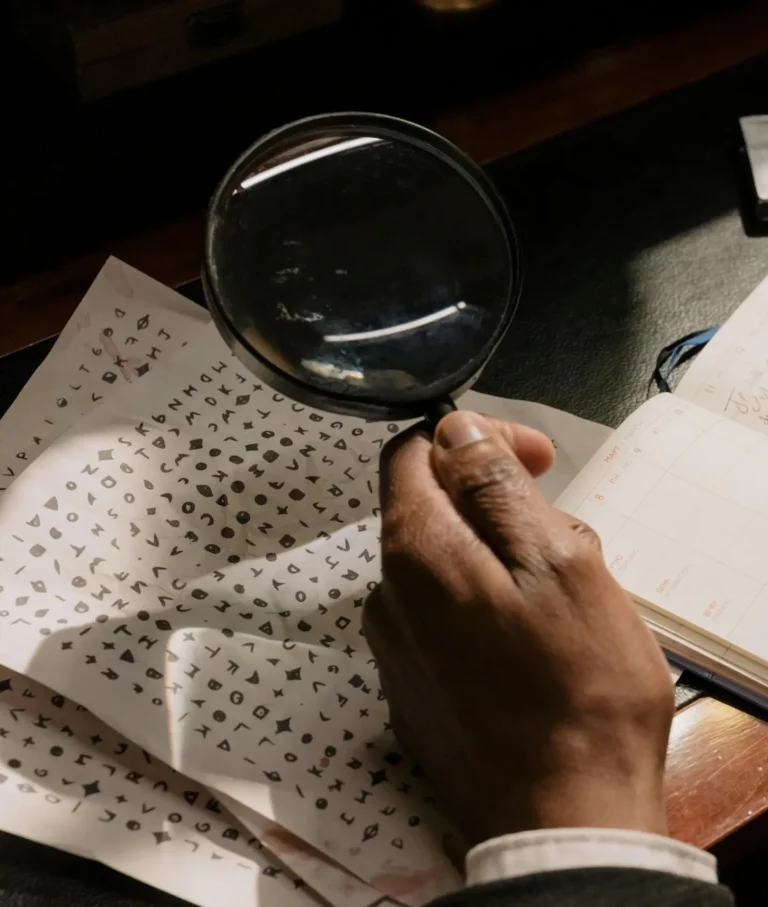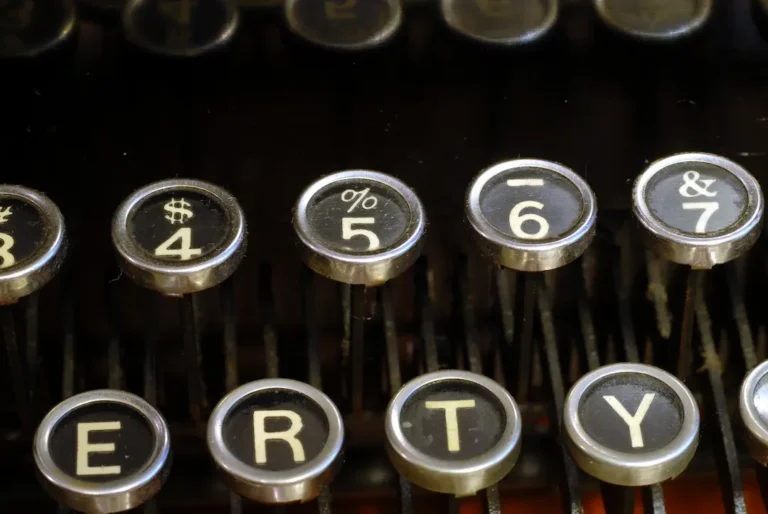on
Accessibility
What We Mean by "Accessible"

Think of someone you know who struggled with reading and learning as a child.
Someone who had to work twice as hard as their peers just to read the same information.
Maybe they had a learning disability, ADHD, or dyslexia. Maybe it was never diagnosed.

Eventually, they figured out how to focus and adapt.
Over time, they overcame the challenge to become successful in their field.
Maybe they talk about it, or maybe it’s something very private.

That person may be the person you’re now asking for something of significance: an introduction, a business deal, a sizable donation.
When you ask them to read something critical – a web page, slide deck, or email – don’t put obstacles in their way.

Distracting, auto-playing videos.
Important text over busy backgrounds.
Small, pale type that would make anyone squint.
If you’re lucky, they’ll just ask you to explain it so they don’t have to read it.
If you’re unlucky, they may simply ignore it and never mention it again.

But if you can eliminate these obstacles, then they can focus on the content and understand the message you want to convey.
Then they can nod their head and say, “I get it. Let’s talk.”
Why This Matters

“That doesn’t really apply to us. It’s an edge case.”
When many people think about “accessibility,” they immediately think of blind users with screen readers.
But there’s much more to accessibility than that.

Consider the range of abilities and disabilities:
Blindness, color-blindness, low vision, hearing impairment, limited mobility, neurodivergence, and so much more.
This covers a huge population, one that (whether you realize it or not) includes your colleagues, customers, partners, and prospects.

Fortunately, by sticking with a few straightforward rules around design, programming, and content, you can make your website, slide decks, and emails accessible to all.
Then you can enjoy the rewards like increased user engagement and higher transactions.
Accessibility Resources
The Book On Accessibility. A comprehensive look at how and why organizations can and should make their digital products accessible.
Web Accessibility: The Ultimate Guide. HubSpot’s comprehensive introduction to web accessibility provides a general overview and a useful checklist.
Accessible Social. There’s more to accessibility than just websites. This free resource explores how to make social media accessible.
Web Content Accessibility Guidelines (WCAG). The design and technical requirements to make websites accessible to all. The AA level (widely considered the gold standard) is sufficient to meet legal requirements in the United States and European Union.

